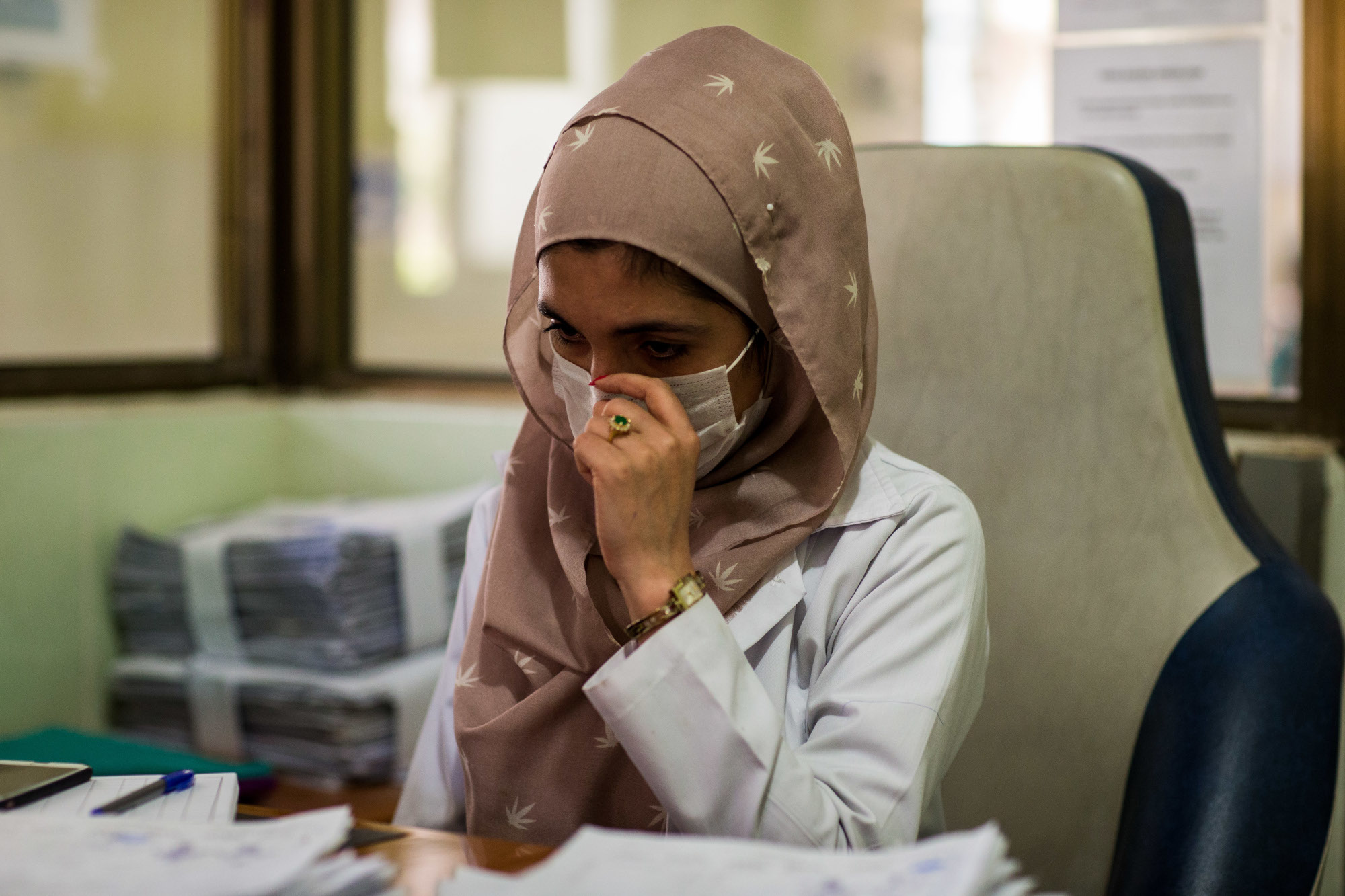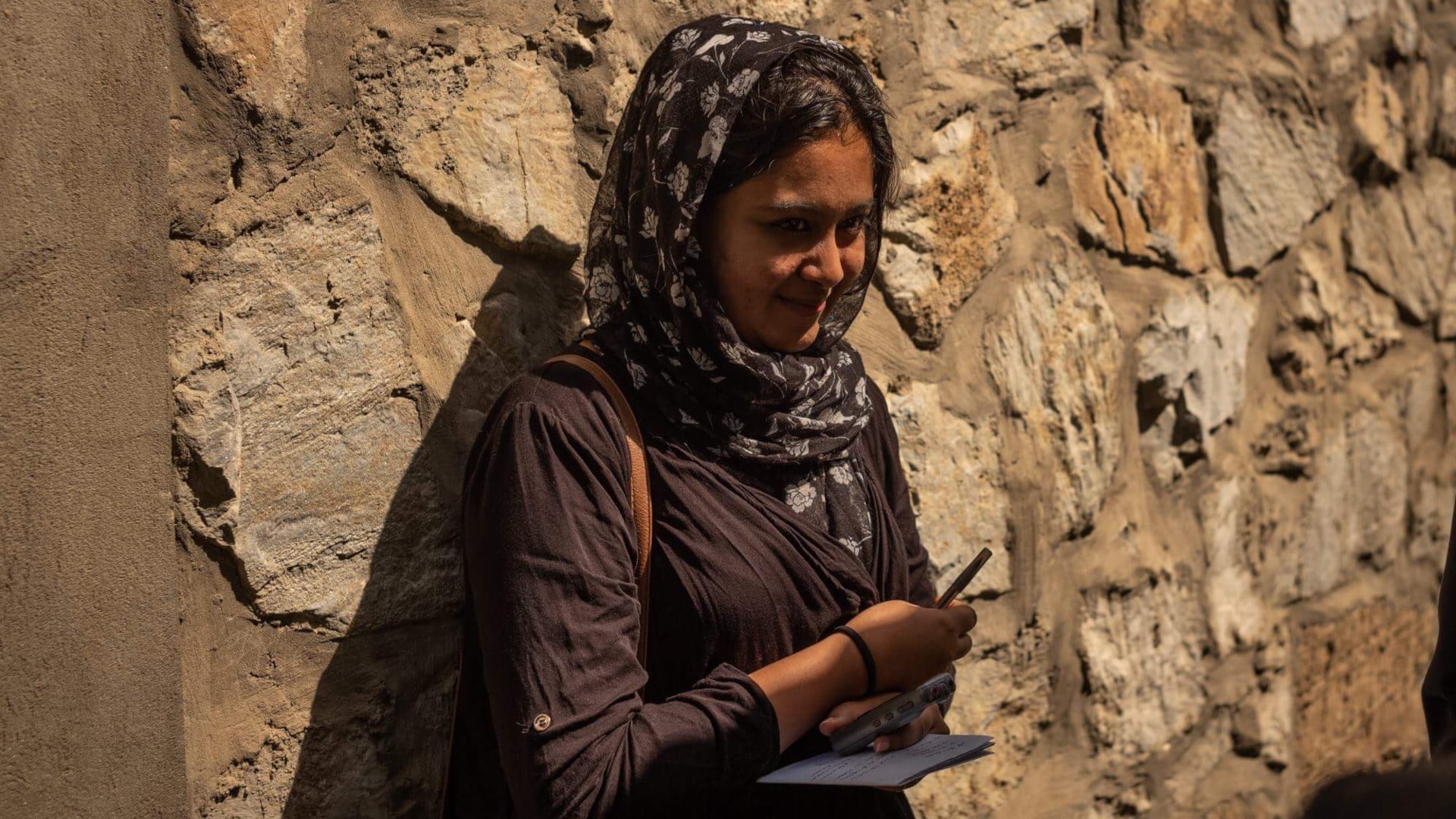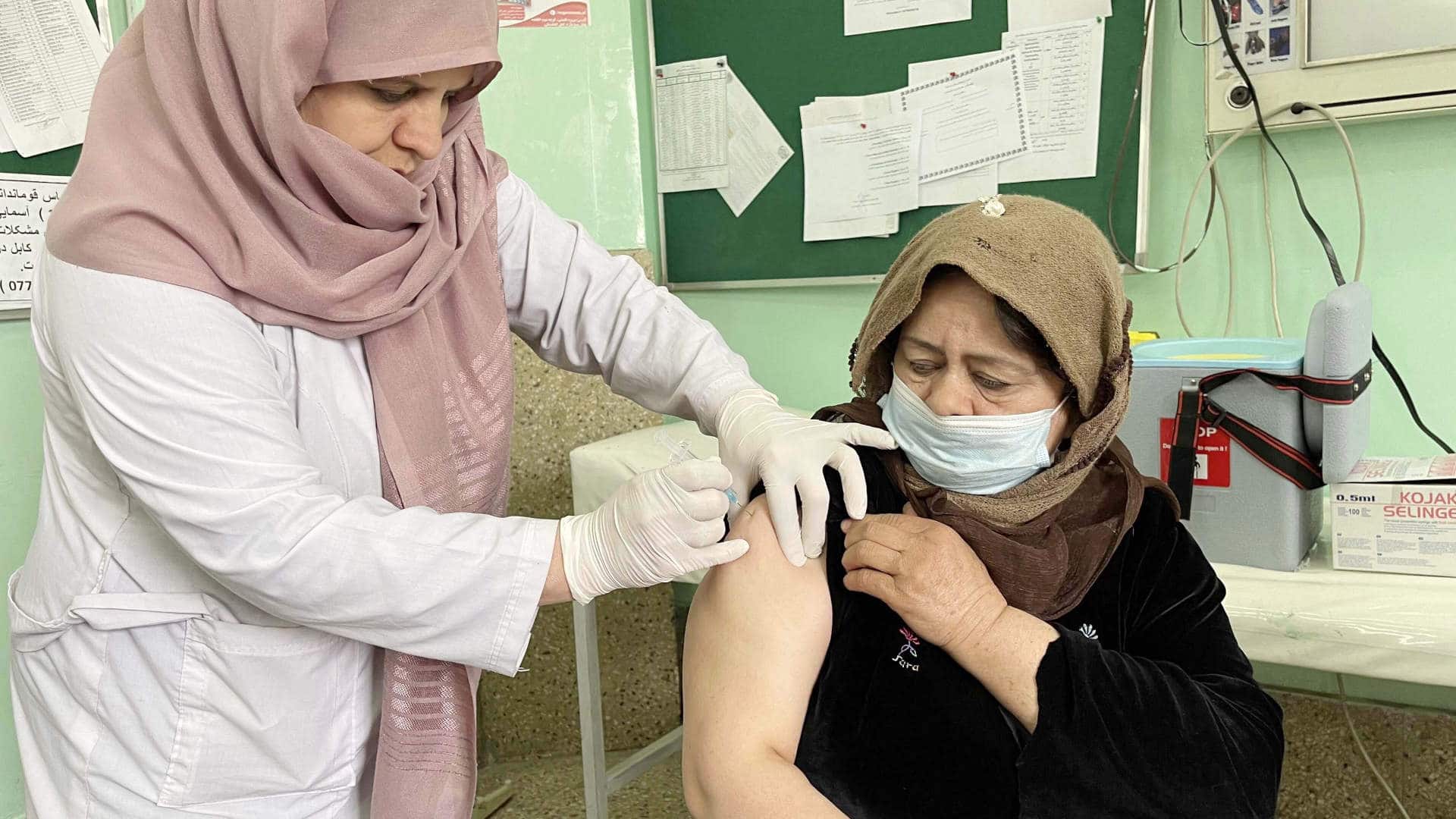What I Learned as a Health Care Reporter in Afghanistan
Years before becoming a journalist, I learned about Afghanistan as a child growing up in Mumbai. Afghanistan holds a significant place in Indian history and mythology, and in school, I learned about places like the ancient region of Gandhara — located in what is now parts of eastern Afghanistan and northwestern Pakistan — a cultural crossroads along the Silk Road known for its fusion of Greek and Buddhist art, which flourished nearly 2,000 years ago. When I arrived as a reporter in 2014, the nation’s political violence felt mostly in the background. I reported on culture and food, and on the people bringing Afghanistan into a new, more progressive era. But as time passed, the fighting intensified, and I increasingly found myself documenting casualties.
Journalists who operate in conflict zones earn an unsavory reputation for the sometimes vulturous eyes we keep on the war and the resulting gloomy work we produce. After a long day of reporting, we console ourselves with the notion that our duty to memory and documentation might spur reform and invigorate the path of justice. Things don’t always turn out so well, but a sense of purpose helps us move from one tragedy to another.
One name really bothered me, though: “ambulance chaser,” a lawyer — or a journalist — who exploits someone else’s suffering for professional gain. The term followed me into the dark and crowded hospital rooms, where I listened to the stories of patients and their doctors.
According to the World Health Organization, until recently, health care in Afghanistan had been steadily improving. Health care access expanded, child deaths declined, and life expectancy increased. Still, relative to other countries, Afghanistan continued to experience tremendous gaps in resources, compounded by government-level corruption and inefficiency.
I would soon witness these on-the-ground realities, which made the efforts of the country’s health care workforce all the more remarkable. Many of the nurses and physicians I encountered were former refugees, having fled the Soviet-Afghan War or subsequent civil wars. And many of these Afghans were educated abroad — in Pakistan, Iran, France — and then returned home after the fall of the Taliban in 2001 to help rebuild a better society. (And this, despite the fact that doctors in Afghanistan only earn about $3,000 or less per year.)
Because infrastructure had been decimated by years of war, it was not uncommon to find medical professionals pioneering basic services. Over the years, I met physicians who had started the first ever clinics in remote districts, including a female dentist who worked in an otherwise conservative community and several female gynecologists operating the only maternal health centers for miles around.
Specialty care was limited, too. In 2017, I visited one of the nation’s only clinics devoted to burn victims in Herat. Many of their patients were women who set themselves on fire to escape a life of domestic violence. During my first of several visits to the hospital, I was startled by women’s screams, echoing across the corridors. The doctors and nurses remained focused, attending to the patients in different stages of healing. “The women of Afghanistan are treated worse than animals,” physician Hasina Ersad explained during my visit. “I want to help these women,” she said, explaining why she chose to work in the burn unit.

Doctors and medical staff often work with the bare minimum of equipment, medicine, and other resources. In a 2019 story for Undark, my colleague Kern Hendricks documented how doctors would make do with what they had available to them — including buying carpentry drills to perform surgeries in the absence of surgical tools.
In my own reporting, I spoke with Afghan physicians grappling with a vexing challenge: how to treat war injuries in the country’s youngest citizens. There is a lack of medical literature explaining how to treat gunshot wounds in babies, doctors told me after an attack on a maternity ward in Kabul. The attack, which occurred in May 2020, claimed 25 lives, and injured babies who were only hours old. Doctors had to improvise, and they saved some lives. For example, a newborn named Amina was successfully treated after being shot in the leg several times.
Despite all this, the care was often not enough. On a cold spring day in 2018, I visited a trauma hospital located in the heart of Kabul. My colleague and I were visiting the children’s ward, interviewing kids accidentally injured by landmines, remnants of numerous wars, still littered across the landscape. Towards the end of our visit, an older Afghan man approached us. “Why don’t you take him with you to your country,” the father pleaded, pointing at his 13-year-old son, who had lost his right arm and leg in an explosion.
“He could have a better future there,” the old man reasoned.
During my early years in Afghanistan, I had the opportunity to drive through surprisingly scenic stretches of land, where the road was flanked by green fields, vineyards, and streams. Snowcapped mountains punctuated the distant sky. I visited ancient Buddhist seminaries and the remains of the birthplace of the poet Rumi. I encouraged family and friends to visit, and in 2015, I started what I believe was Afghanistan’s first Airbnb, hosting tourists — including many solo women travelers — from China, the U.S., the U.K, and beyond. My apartment became a sort of cultural crossroads, albeit, a very tiny one.
But things started to change. In May 2018, my neighborhood in Kabul was attacked while my parents were visiting. The fighting had intensified and moved to new ground. I stopped inviting people to visit, no longer confident guests would be safe.
By January 2020, the Taliban was waging an unrelenting insurgency that claimed hundreds of lives. In their bid to seize territories, the militants destroyed much of the medical infrastructure that had been so newly built. In August, the steady and catastrophic deterioration of the Afghan health care sector was cemented when the Taliban took over control of the entire country.
Medical personnel were ordered to return to work just days later, but many remain in hiding, fearing persecution for their collaboration with the international organizations that have supported the country’s health care sector. Female physicians face an additional burden. Under this latest version of Taliban rule, girls’ education has already been restricted and women have been forbidden from some workspaces. But in August, the Taliban told female health care workers to go back to work amid staff shortages. Many medical professionals have fled the country.
Meanwhile, cuts in funding for the Sehatmandi Project, a multiagency effort that the WHO has called “the backbone of Afghanistan’s health system” threaten the operations of more than 2,000 clinics. Other funding sources are also pulling back, rightfully reluctant to support the new government. The consequences of freezing aid to an already weakened Afghanistan, however, could be catastrophic, depriving many of essential services. The active minister of public health in Afghanistan recently stated the country’s health care system is “on the verge of collapse.”
Ambulance chaser. Over the years, I’ve learned to embrace the term because medical emergencies are an all-too-frequent reality inside Afghanistan. My colleague, the photojournalist Ivan Flores, put it in perspective when he remarked that the history of Afghanistan is incomplete if not told from inside its hospitals. These places that deliver care to the sick and wounded are part and parcel of the region’s history — just like its literature, art, politics, landscapes, and battlefields.
Even now, the small but dedicated medical community remaining in the country offer the tiniest hope in a future that otherwise appears bleak. This community, I believe, embodies the virtue of patience, evoked in the Afghan proverb, Qatra qatra darya mesha. Drop by drop, a river is made.











